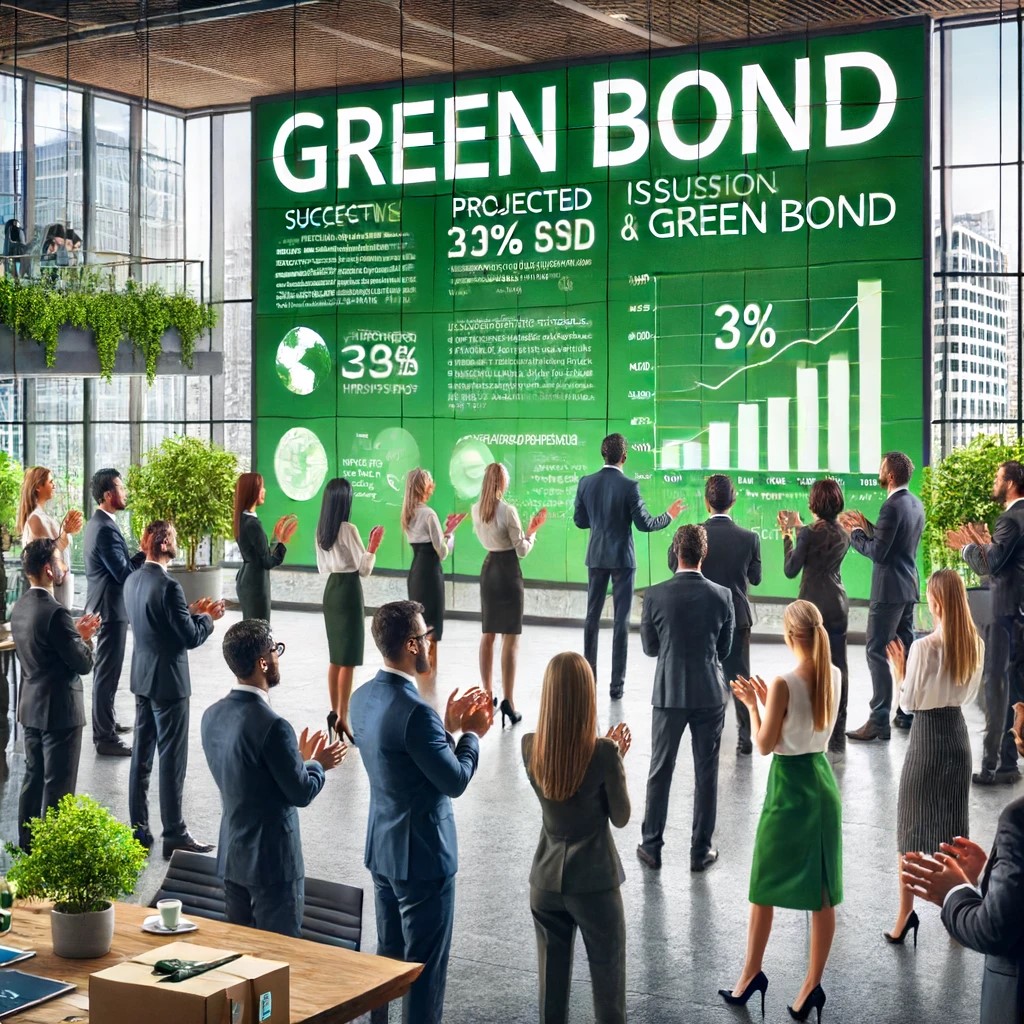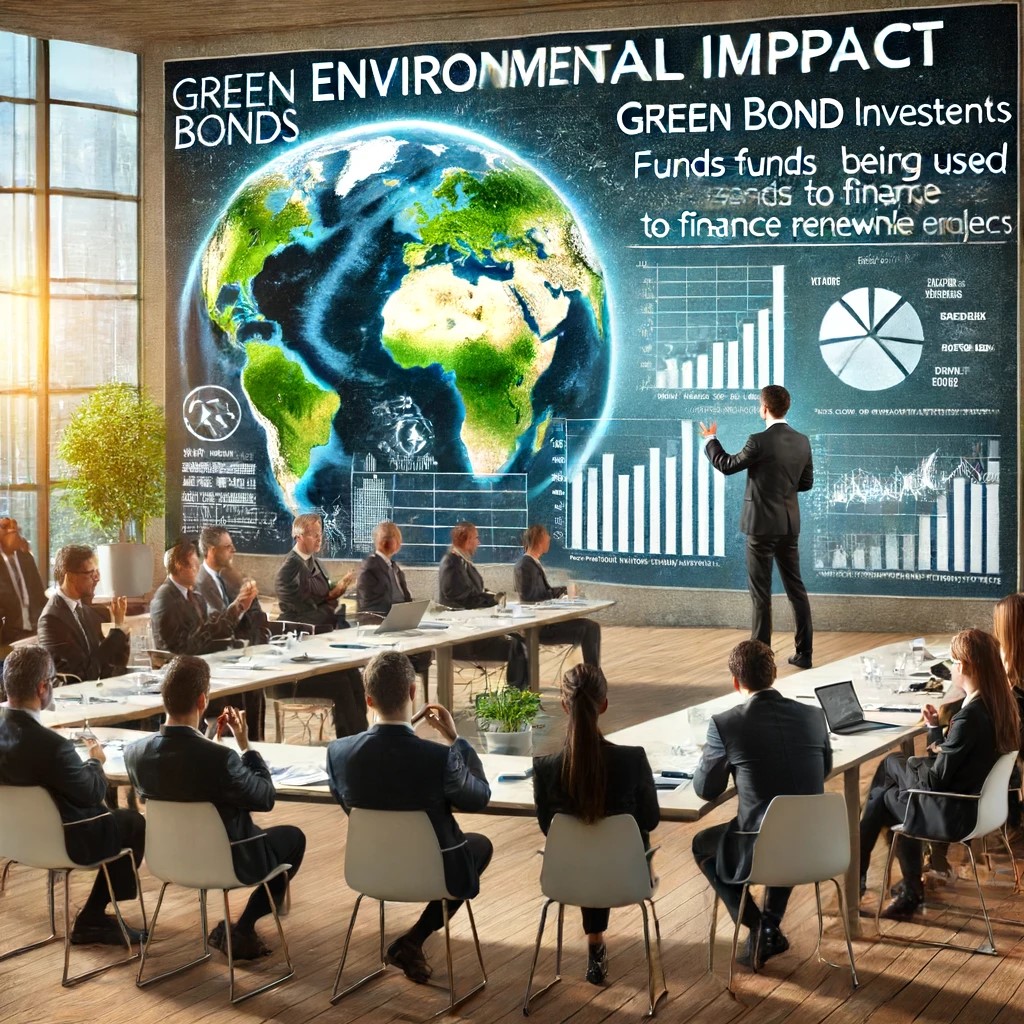In the landscape of sustainable finance, green bonds have emerged as pivotal tools for mobilizing resources towards environmentally friendly projects. These bonds, designed to fund initiatives related to renewable energy, energy efficiency, sustainable waste management, and clean transportation, have seen significant growth in recent years. This article delves into the viability of green bonds, examining current trends and offering insights into future directions in sustainable investment.

What are Green Bonds?
Green bonds are debt securities issued by corporations, financial institutions, or governments specifically to raise money for climate and environmental projects. The proceeds from these bonds are earmarked for projects that have positive environmental impacts, with issuers providing reports on the environmental benefits achieved with the funds. This transparency and accountability are what set green bonds apart from traditional bonds.

Current Trends in Green Bonds
1. Rapid Market Growth:
The green bond market has experienced explosive growth since the first green bond was issued in 2007 by the European Investment Bank. Global green bond issuance reached new heights in recent years, with billions of dollars raised annually. This growth is fueled by increasing awareness of environmental issues and the rising demand from investors seeking sustainable investment opportunities.
2. Diversification of Issuers and Projects:
Initially dominated by multilateral institutions and governments, the green bond market now sees a diverse array of issuers including cities, corporations, and financial institutions. The range of projects financed by green bonds has also expanded, encompassing not only renewable energy projects but also sustainable water management, eco-friendly buildings, and pollution prevention initiatives.
Challenges Facing Green Bonds
1. Premium Pricing:
While green bonds often carry a 'green premium,' meaning slightly lower yields for investors due to their desirability, they must still offer competitive returns to attract a broad base of investors. Balancing the financial returns with the environmental benefits is a crucial challenge for issuers.
2. Regulatory Environment:
The regulatory environment for green bonds is still evolving. Lack of uniform standards and definitions can lead to discrepancies in what constitutes a green bond, potentially deterring investors who are concerned about the credibility of the environmental claims.

Future Predictions for Green Bonds
1. Increase in Issuance and Innovation:
The demand for green investments is expected to continue growing, driving innovation in green bond structures and the emergence of new products like sustainability-linked bonds, which tie financial returns to sustainability outcomes.
2. Integration with Technology:
Advances in technology will likely play a significant role in monitoring and reporting the impact of projects funded by green bonds. Technologies such as blockchain could enhance transparency and efficiency in the issuance and management of green bonds.
Conclusion
Green bonds represent a robust and viable instrument for channeling investment into sustainable projects. As the world increasingly prioritizes climate and environmental goals, green bonds are set to play a crucial role in financing a sustainable future. Their success, however, will depend on continued rigor in standards, investor confidence in their impact, and the economic viability of the projects they fund.


